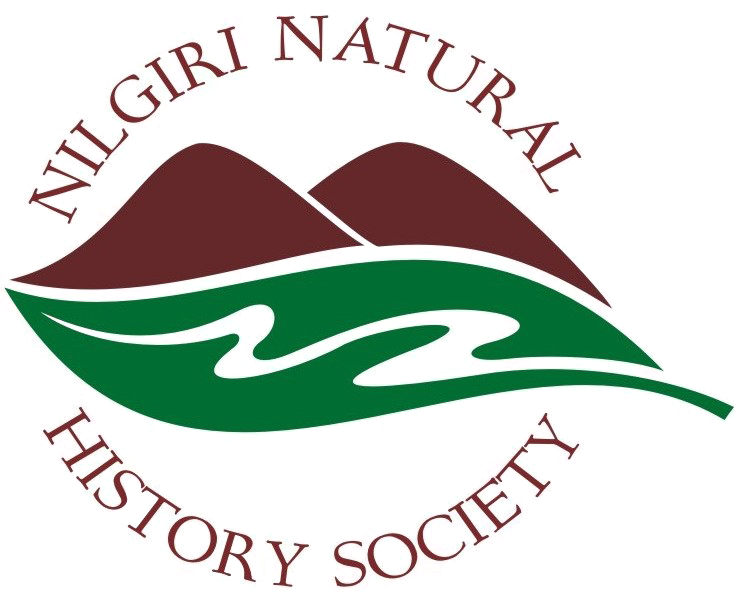If you have the flair…..to compose, illustrate (paintings/sketches (pencil/charcoal)), or you have a gift for photography, do get in touch with the editorial team.
We normally have a theme for every issue. Notwithstanding, if you feel you would like to write, or compose a montage of illustrations/photographs, do send in your compilations.
The newsletter of the Nilgiri Natural History Society (NNHS) aims to cover the many dimensions of natural history – conservation issues, lay observation, cultural representations, and traditional knowledge. Despite the pan Nilgiri Biosphere Reserve (NBR) nature of the Society, space will be allocated for reporting of events/views from elsewhere within the country and from outside the country, if considered relevant to the NBR. Guest editors will be invited for special editions.
The broad structure of the newsletter will be as follows:-
1. A thematic front cover photograph
2. An editorial, relevant to the current situation of the NBR, written by the Secretary
3. A section related to conservation activities within the NBR.
4. A section on linkages between Ecology/Environment, and people [Under the Lens Linkages].
5. A section on research summaries, preferably by students who work in the region of the NBR.
6. News items gleaned from printed sources about the NBR will be featured as “Nature Watch”.
7. A separate section will carry information on NNHS activities in the form of the NNHS Diary.
8. The species focus will feature species of special conservation status, endemic to the Western Ghats and present in the NBR.
SUBMISSION OF ARTICLE
The NNHS newsletter articles are reviewed by the Editorial board. Articles are expected to be of the following lengths:-
(a) Natural History News from India (1000 words)
(b) Natural History News from the World (500-700 words)
(c) Research Initiatives in the NBR (1000 words)
(d) Species focus (1200-1500 words).
Articles should be submitted by email to: contact@nnhs.in. Authors should provide some information about themselves, including an email address and phone numbers. Articles need to be submitted in standard word processor formats only (.doc/.docx, .pdf). Rich text content and other formats are not accepted. Figures and texts need to be submitted separately, with adequate labelling and numbering in context to the articles sent. Pictures in the manuscript also need to be sent in separately in any hi-resolution format with picture size not less than 3MB (1920 px).
Reference style: When providing references to sources of articles from which your composition is compiled, the following styles are to be used:-
1. Papers in Journals and other periodicals
Hanely, T.A. and Hanley, K.A. 1982. Food resources partitioning by sympatric ungulates on Great Basin rangeland. Journal of Range Management 35: 152-158.
2. Papers in Edited Books, Symposia Proceedings, etc
Cole, D.W. and Rapp, M. 1981. Elemental cycling in forest ecosystems. pp. 341-409. In: D.E. Reichle (ed.) Dynamic Properties of Forest Ecosystems. Cambridge University Press, Cambridge.
3. Books
Lieth, H. and Whittaker, R.H. (eds.). 1976. Primary Productivity of the Biosphere. Springer-Verlag, Berlin.
4. Reports, Dissertations, etc
Sollins, P.,Reichle, D.E. and Olson,J.S. 1973. Organic Matter Budget and Model for a Southern Appalachian Liriodendron Forest. Oak Ridge National Laboratory, Oak Ridge, U.S.A

